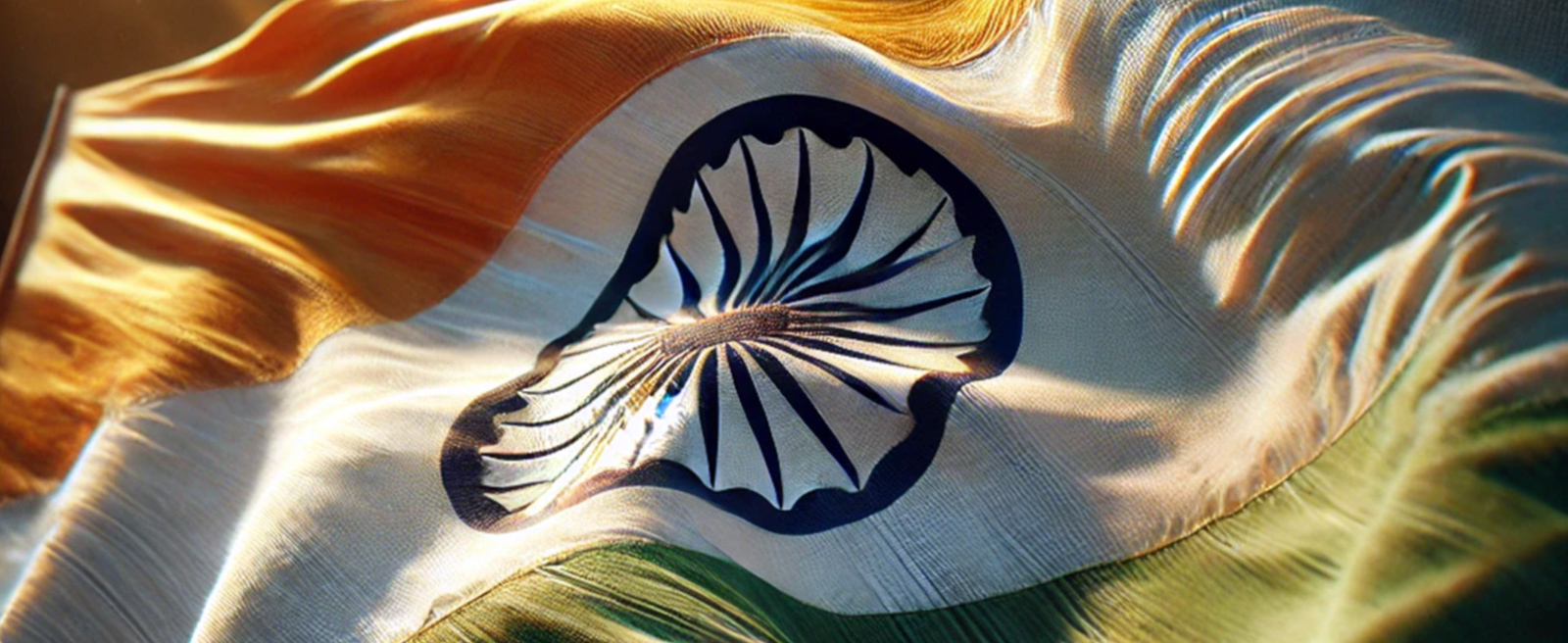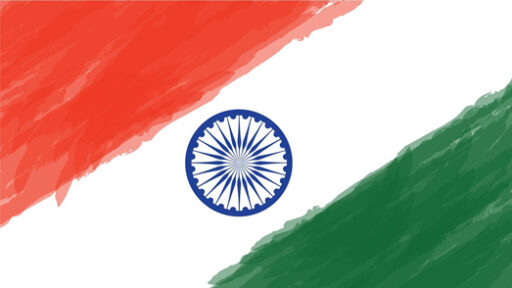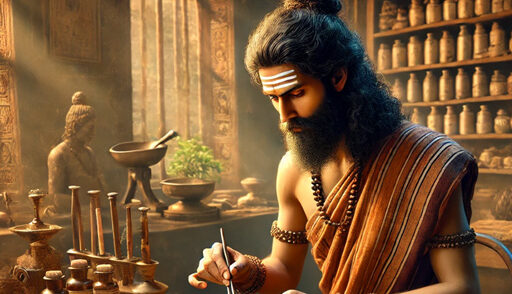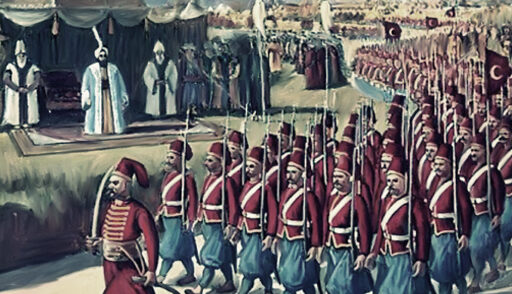One of the most persistent and widespread misconceptions surrounding the history of South Asia is that India has an unbroken, continuous history spanning thousands of years, while Pakistan is considered a modern nation with no historical roots prior to 1947. This belief, prevalent among both Indians and Pakistanis, often paints an incomplete and distorted picture of the subcontinent’s rich and complex past. In reality, both India and Pakistan, as modern nation-states, came into existence in 1947, following the end of British colonial rule.
The Popular Misrepresentation of History
Many people mistakenly believe that “India” has existed for 5,000 years, with its history being unbroken and linear. According to this view, India was a vast, united land that only underwent a significant division in 1947 when Pakistan was carved out of it. In this narrative, Pakistan is portrayed as a new entity, with its history starting only after the partition.
However, this simplistic understanding misrepresents the historical reality of the region. The land we now associate with India and Pakistan has been home to various cultures, civilizations, and kingdoms throughout history. For much of that time, the subcontinent was never unified under a single government or identity. Instead, it consisted of numerous independent and semi-independent kingdoms, empires, and principalities, each with its own laws, cultures, and histories.
The Historical Reality: South Asia as a Region, Not a Country
Historically, the term “India” was used as a geographic label rather than a political entity. The region was often referred to by names like Bharat, Hind, or Jambudvipa, depending on the context, but it was never a single, unified state as it is today. The region functioned more like a subcontinent, with diverse and often competing kingdoms.
For instance, the Maurya Empire, under Emperor Ashoka in the 3rd century BCE, briefly united a large portion of the subcontinent under one rule. However, even at its height, significant parts of what is now India and Pakistan remained outside of Mauryan control. Moreover, this period of unity lasted for only about 36 years, after which the region once again fractured into various kingdoms.
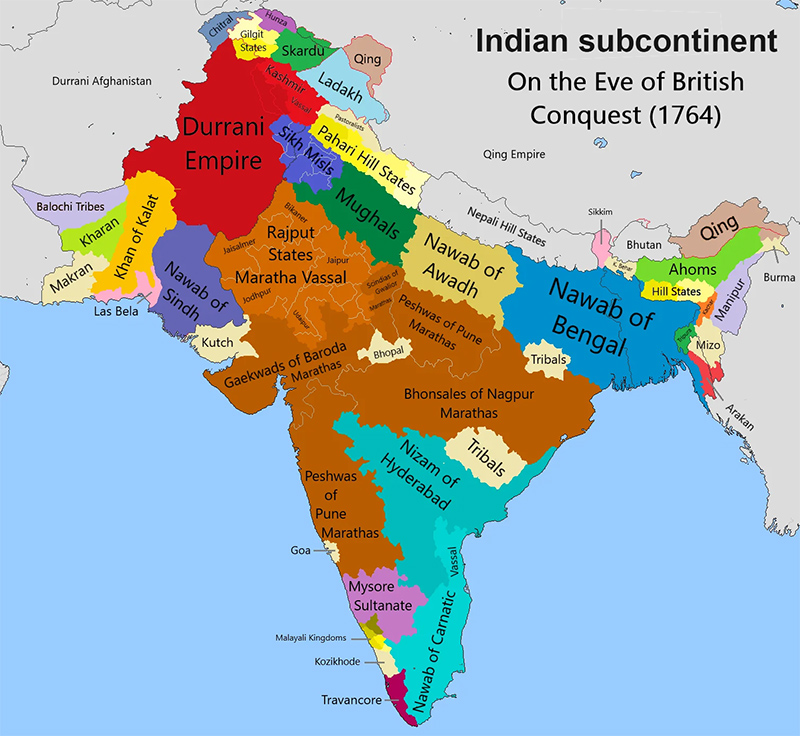
From the ancient Harappan Civilization, which thrived along the Indus River (modern-day Pakistan), to the myriad of medieval kingdoms like the Cholas, Mughals, and Marathas, the history of this land is characterized by diversity and fragmentation. These kingdoms were independent, culturally distinct, and often had little in common beyond geographical proximity. The concept of “India” as a unified, sovereign state did not emerge until the British colonial period, when the British began to impose administrative unity over the subcontinent.
The Birth of Two New Countries in 1947
The pivotal moment in this historical narrative is the partition of British India in 1947, when two new sovereign states, India and Pakistan, were created. Both were born out of the collapse of the British Empire in the aftermath of World War II. The misconception that only Pakistan was newly created, while India was merely a continuation of an ancient civilization, is a distortion of historical facts.
The book Freedom at Midnight by Larry Collins and Dominique Lapierre, based on exhaustive research into the events of 1947, highlights this historical truth. The authors make it clear that both India and Pakistan were newly-formed nations at the time of independence. According to them:
Beyond New Delhi’s Constituent Assembly hall, in the vastness of the two new states, the momentous changes portended by the conch shell’s call found their echo in jubilant cheers and a thousand small gestures.
Freedom at Midnight, p. 319
This quote underscores the reality that two new countries were created in 1947, not one. Furthermore, the authors note that the Indian National Congress, the leading political party in British India, deliberately chose to retain the name “India” after partition, rejecting alternative names like “Hindustan”:
At the outset, Congress claimed the most precious asset of all, the name ‘India’. Rejecting a proposal to name their new dominion ‘Hindustan’, Congress insisted that, since Pakistan was seceding, the name India and India’s identity in groups like the UN remain theirs.
Freedom at Midnight, p. 213
In other words, both India and Pakistan were new political entities that emerged from the partition of British India. The decision by the Congress Party to retain the name “India” has contributed to the misconception that India, as a nation-state, has a long, continuous history stretching back thousands of years.
The Myth of Ancient India as a Unified State
It is essential to differentiate between the historical regions and civilizations of the subcontinent and the modern political entity known as India. While the land has been home to ancient civilizations like the Indus Valley Civilization and the Vedic culture, these were not part of a single, unified state. The idea of a unified India is largely a modern construct, shaped by colonialism and nationalist movements in the 19th and 20th centuries.
Before the British arrived, various rulers controlled parts of the subcontinent at different times—ranging from local kings to foreign empires like the Mughals and the Delhi Sultanate. Even these empires, which at times controlled large territories, did not encompass the entire region or create a singular “Indian” identity. Each region maintained its own distinct identity, and the concept of “India” as a singular political entity is a relatively recent phenomenon.
Conclusion: A Shared and Complex History
The histories of India and Pakistan are intertwined, complex, and deeply rooted in the broader history of South Asia. Both nations emerged as modern entities in 1947, following centuries of diverse political, cultural, and religious developments in the region. The misconception that India has a continuous, ancient history while Pakistan is a new nation without roots reflects a misunderstanding of the region’s past. The goal of disseminating this false information was to undermine the self-esteem of Pakistanis, and sadly, many of them were deceived by it.
Instead of viewing the history of the subcontinent through the lens of nationalism, it is more accurate to see it as a region where countless kingdoms, empires, and cultures rose and fell, contributing to the rich tapestry of South Asian history. Pakistan, with its deep connections to the Indus Valley Civilization and the historical developments of the region, shares in this heritage just as much as modern India does.


